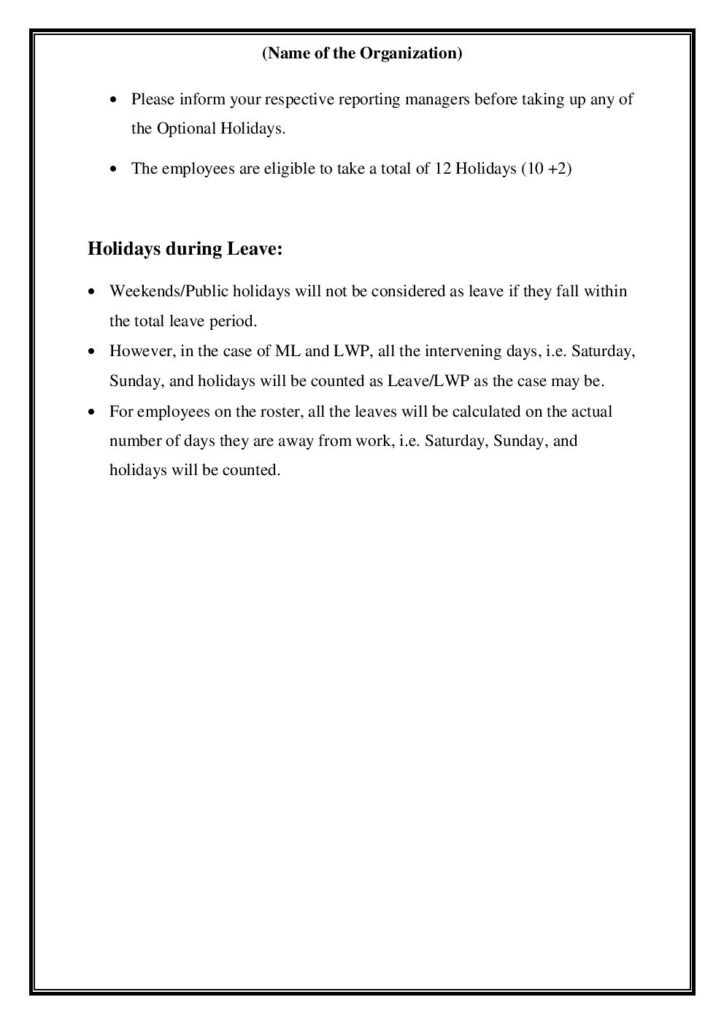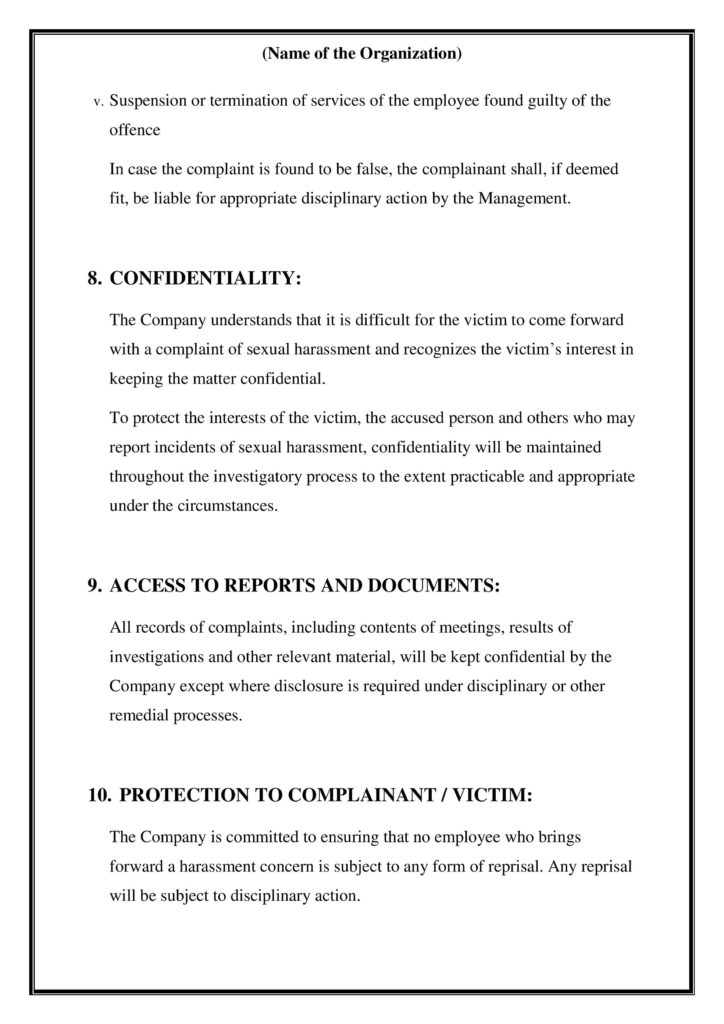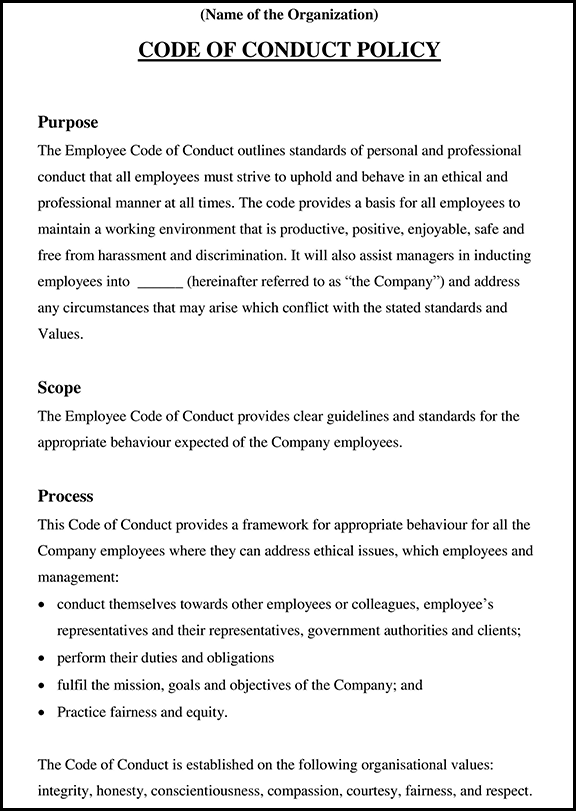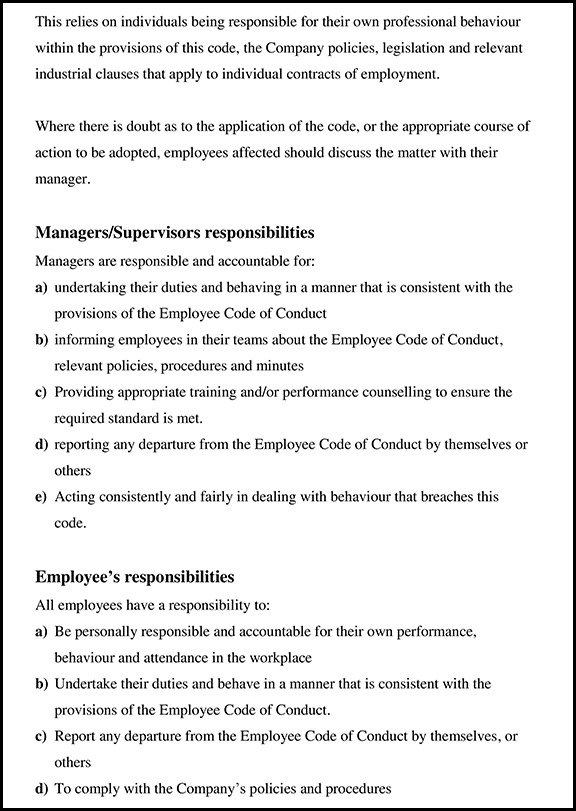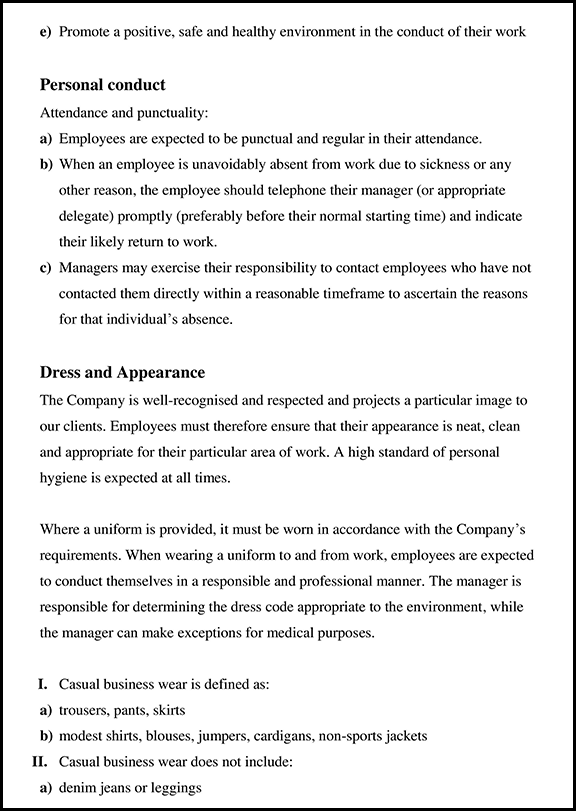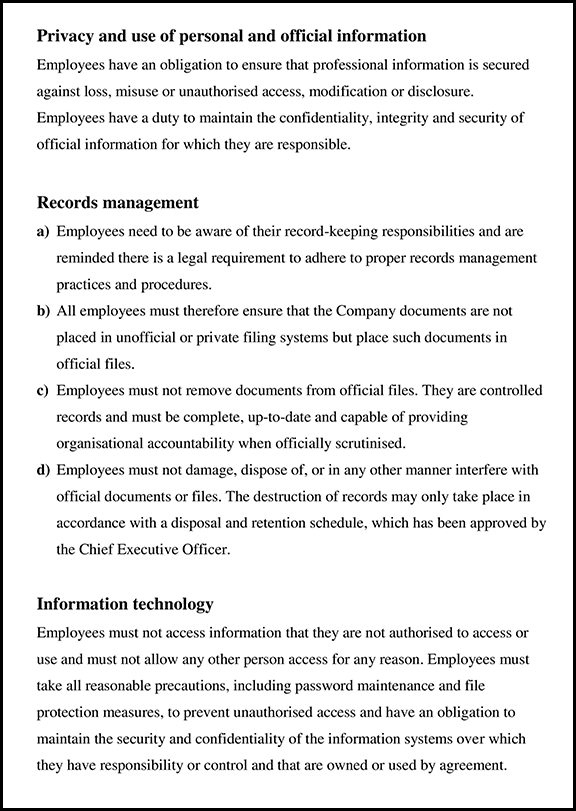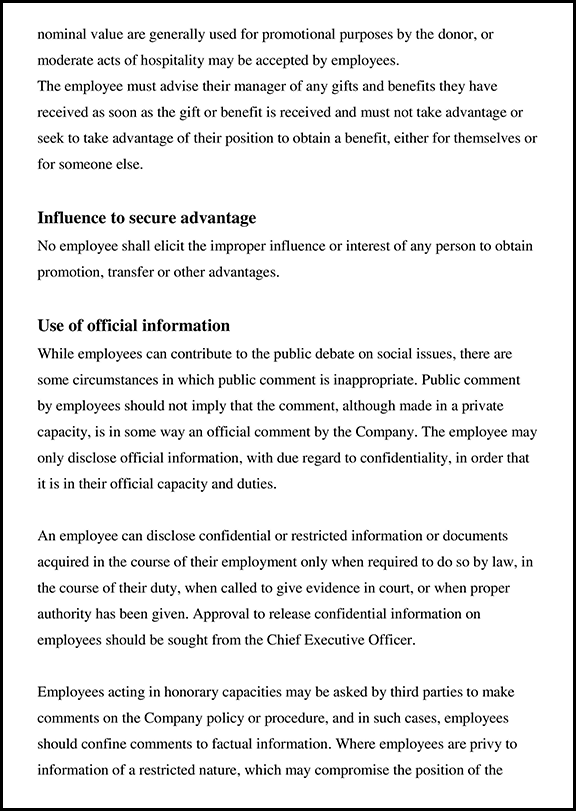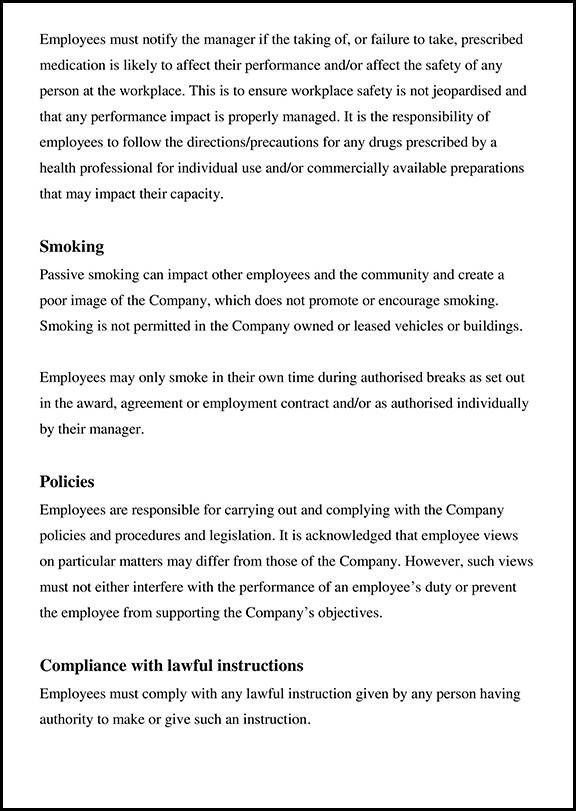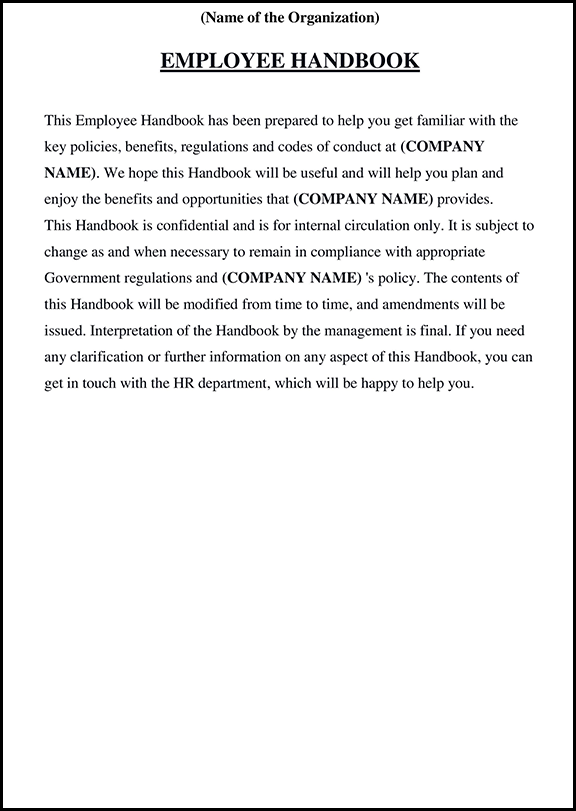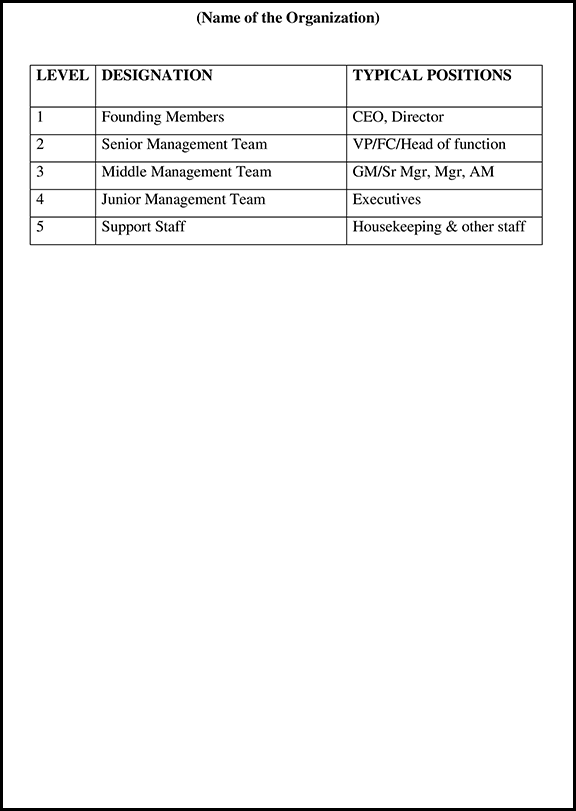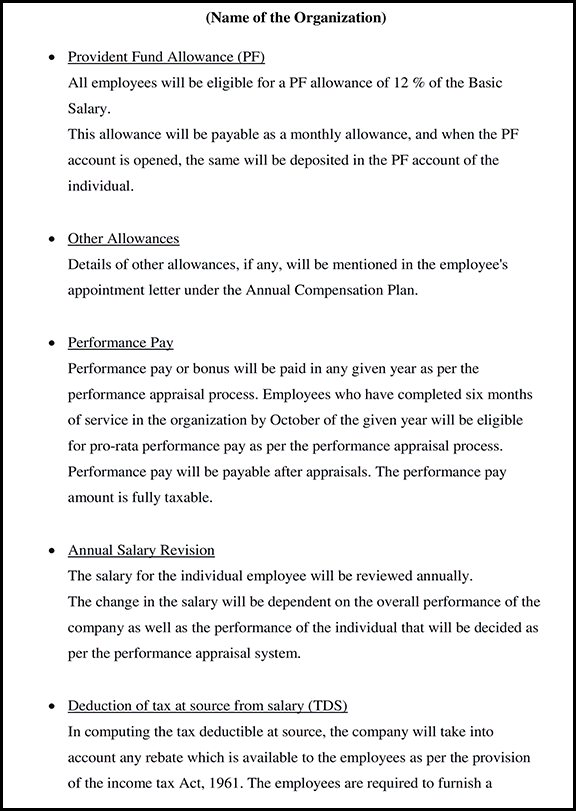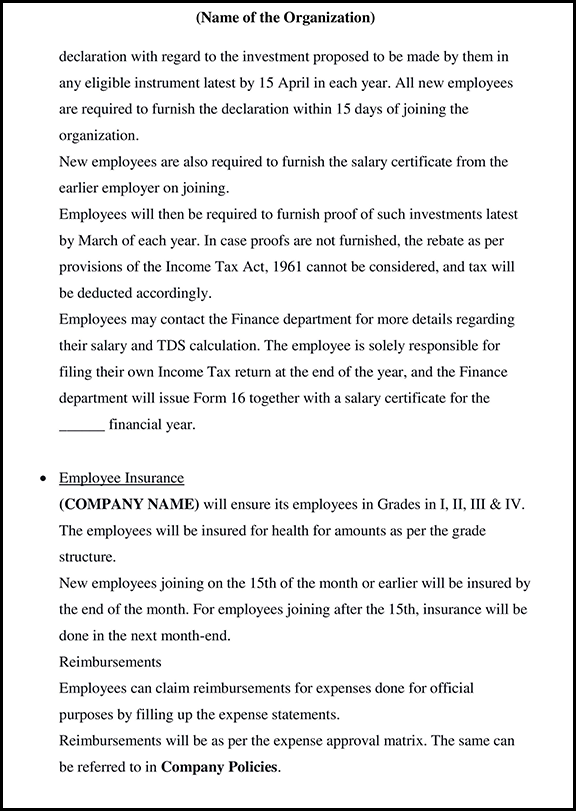
Sexual Harassment Policy In The Workplace Template (2024)
Sexual Harassment of Women at Workplace Legislative Act 2013, In India, aims to protect women from sexual harassment. The act was passed by (the lower house of the Indian Parliament) Lok Sabha, on 3 September 2012. Also, It was passed by (the upper house of the Indian Parliament) Rajya Sabha, on 26 February 2013.
Sexual harassment unfortunately still exists in today’s day and age. Every company is liable to take precautions to avoid such behavior in the company. What’s more, if a company doesn’t have the right Sexual harassment policy and process in place it can lead to lawsuits and compliance issues.
The best weapon against sexual harassment is prevention. Harassment does not vanish on its own. When the issue isn’t solved, the harassment will intensify and turn out to be increasingly hard to cure over the long haul. Therefore, if a crime is reported, quick actions should be taken.
To make sure the HR department is prepared to take the necessary steps it is important to create a thorough sexual harassment policy. Furthermore, sexual harassment in a workplace is a heinous crime and a company should support the employees if they want to press charges for it.
In this article, we will understand what sexual harassment is, what sexual harassment policy is, and also, what the HR department can do to avoid it.
If you are looking to cut costs and save time, work with the Largest collection of ready-made HR Documents that are created keeping Indian compliances in mind. Check out the StartupHR Toolkit to get ready-made policies, letters, calculators, and more.
Definition of Sexual Harassment
Sexual Harassment is any type of unwelcome sexual conduct that is hostile, humiliating or scaring. It can be defined as any unwelcome sexual advances, requests for sexual favours, and other verbal or physical conduct of a sexual nature. Furthermore, if a submission or rejection of the same affects an individual’s employment decisions, employee’s term or conditions of employment or interfere’s with an employee’s work environment then it is classed as sexual harassment.
Sexual harassment can be verbal, written or even physical. It can happen in person or online. Furthermore, any gender can be a victim of sexual harassment.
Why Sexual Harassment policy is Importance
A sexual harassment policy works as a way to protect the men and women in a company from unwanted sexual harassment. A well-established sexual harassment policy works as a guideline when an incident occurs.
A sexual harassment policy clearly outlines what is sexual harassment and the consequences of the same. It is also important to implement thorough sexual harassment policy and too.
Employers and managers play a key role in preventing sexual harassment in the workplace. They are the ones’ who set the tone of the company. It is their job to lead by example, to model respectful behavior and also, to promote good conduct throughout the organization. A positive work culture where everyone respects each other is vital. It significantly lessens the chances of sexual harassment taking place in the organization. However, if it does happen then the sexual harassment policy will empower the employees to come forward.
Sexual harassment is harmful to all of us. Harassment damages the whole working environment and leads to poor morale, it promotes the feeling of insecurity and invites legal consequences. Additionally, the liability lies with the employer in case of harassment by a superior that results in tangible unrest with the organization.
Objective
1. The objective covers why you’ve created the policy and what you hope to achieve with it.
2. The objective of the workplace sexual harassment policy should be outline the process of filing the complaints, investigating, and issuing disciplinary the right measures.
3. The policy’s objective is to provide a safe environment for all employees in the workplace. Women’s rights to protect from sexual harassment and the right to a living, as well as working to stop and remedy sexual harassment of women.
4. To create an environment that raises awareness related to subjects like sexual harassment and discourages such acts of sexual harassment.
Scope
The scope of the policy talks about who the policy applies to. If the policy applies to investors, clients or executives then you should mention that.
The scope of the Sexual Harassment policy should be wide and also, it should be applied to all the members of the company. The policy should cover sexual harassment within the company premise and outside the company premise.
The policy should cover everyone, regardless of their gender, caste, or religion. Furthermore, the workplace sexual harassment policy should also protect customers, clients, or any guest visiting the office premises.
Applicability
The policy applies to every employee working in the company, also those working on a contractual basis. In addition, the sexual harassment policy applies to everyone, like suppliers, customers, and visitors, because they are subjected to the policy while in the office.
Legal Act of 2013
The Indian Penal Code has an act established in 2013 which seeks to offer protection to women in their place of work. The act defines sexual harassment and establishes it as a criminal offense. Therefore, it is a criminal offense to sexually harass a woman. Furthermore, legal actions can be taken for the same.
However, the act has a long way to still go. The act currently only protects women from men. The law is criticised for not including men and women in the military workforce or the women in agriculture. They too deserve to be protected from unwanted sexual advances.

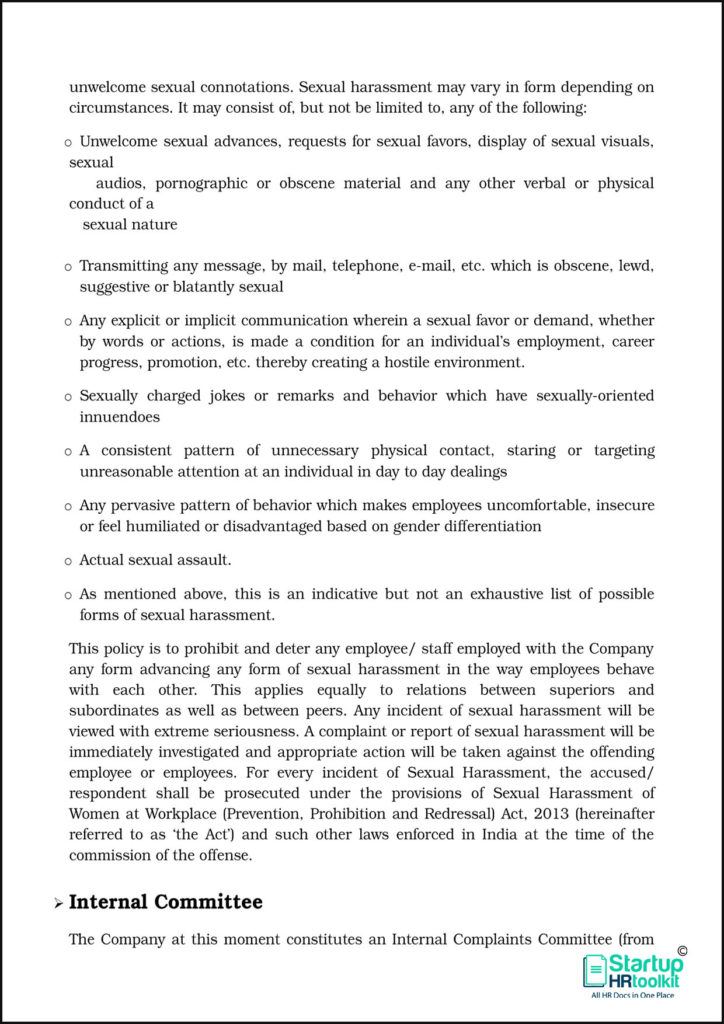
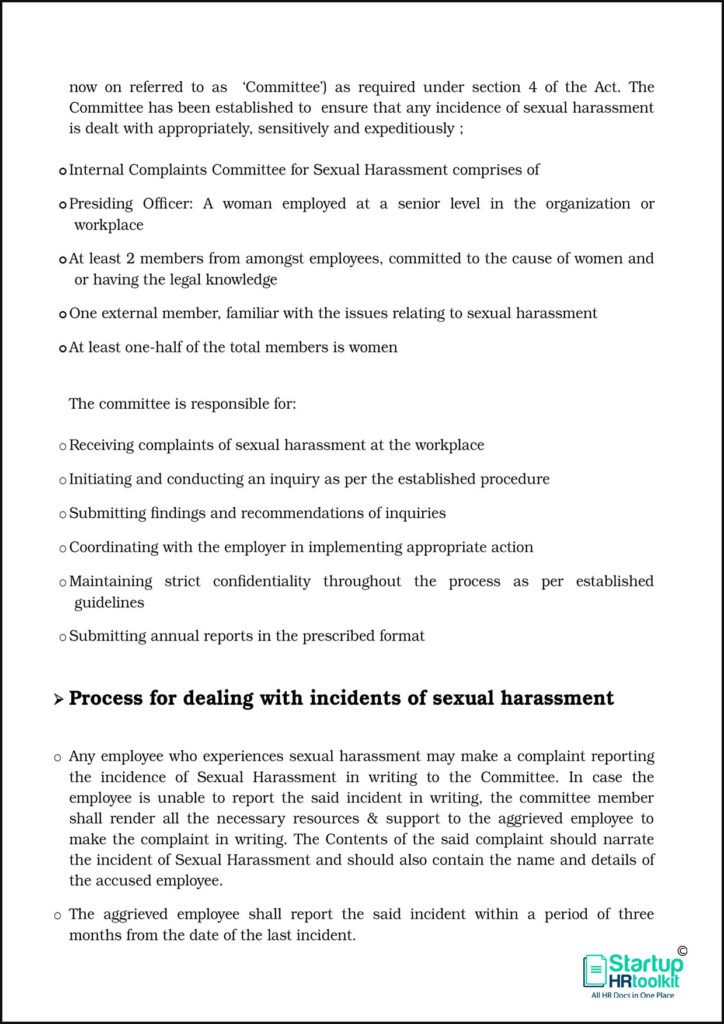
Sexual Harassment Examples
Better to know: Sexual harassment isn’t only restricted to making improper advances but is also includes any kind of unwanted verbal or actuals actions which create discomfort at the workplace.
1. Sharing sexually inappropriate pictures or videos clips, such as pornography sexual entertainment, or obscene gifs, with fellow
co-workers.
2. Sharing suggestive letters, notes, or messages, etc
3. Displaying inappropriate sexual images or banners in the working environment
4. Giving Inappropriate sexual signals
5. Staring in a suggestive manner with wrong intentions.
6. Offering sexual remarks about the appearance, attire, or body parts of an individual.
7. Improper contacting includes squeezing, patting, scouring, or intentionally brushing up against someone else.
8. Posing sexual inquiries, like requests about somebody’s sexual history or their sexual direction.
9. Offering hostile remarks about somebody’s sexual direction or sex character.
10. Asking an individual about their sexual life activities, likes dislikes of their sexual orientation.
11. Commenting on something offensive about someone’s sexual gender or even identity.
12. Touching, grabbing, or any other physical contact without consent.
13. Comments with sexual meanings.
14. Requests for sexual favors.
15. Cracking sexual jokes or sharing sexual stories, comments, personal questions, etc.
16. Suggestive gestures or body movements.
17. Making an obscene phone call or indecently exposing oneself.
18. Sexually assaulting.
HR Should Take The Following Steps When They Receive a Complaint
1. Appreciating
When an individual reports a complaint of Sexual harassment, first appreciate the person for taking this step. Because this is not an easy step to take, as many people don’t even report such activities because of fear, a single complaint can impact such appropriate activities.
2. Listen And Understand
Once the complaint is made, it is essential to take action, but it’s necessary to listen and know all the needed things before the action is taken. This makes the person feel safer and taken seriously.
3. Be Aware of Every Fact
All activities depend on facts. Hence it’s essential to get all the points before getting to any conclusion. All the facts which have been collected can then be used to analyze the situations around the incident as it is said that half information is more dangerous.
4. Act Secretly.
To show that the Organization is concerned about the harassment and to get the right information from the people involved, it’s essential that HR takes action Confidentially. The more time one takes for investigation, the more difficult it would be to get the information from people.
5. Believe in Expectations
Sexual Harassment and bullying activities must be addressed immediately; every employee should review the Sexual Harassment policy and make sure that no appropriate behavior will be entertained. Following the procedure will assure the understanding of the company.
6. Observe, Analysis & Function.
HR should take charge and investigate any activity of Sexual harassment or bullying as soon as possible after getting a complaint. HR should be speaking with both parties and then make sure that the harasser is held accountable for the things he has done. At the same time, the victim should be taken care of.
7. Reflect Immediately
The most crucial step for HR to take after getting a report of harassment is to respond to it immediately. Then HR has to conduct an investigation of everyone involved. It should be made sure that everyone is treated with mutual respect and come to a conclusion.
8. Act Fast, But With Accuracy
Never handle such situations in a hurry but find the truth and go ahead with the required actions. Adding to it also, closely see to it that the complainant isn’t harmed by any retaliatory measures from the harasser in any means.
9. Train People How to Tackle These Harassers
Alone, HR can’t prevent these harassment activities in the workplace as people have a different mindset. Therefore we should help people to speak up for themselves while encountering such events. When individuals learn how to speak up for themselves, he\she will benefit from this through life.
How to Report Sexual Harassment?
The process starts when a complaint is submitted. HR professionals should start moving quickly after that. The HR professional can assist the victim in creating a written statement or, if the victim is not willing to provide information in writing, the HR director can dictate the verbal complaint.
You can either write an email to the HR department or ask for an urgent meeting with an HR manager.
Things to include in the written complaint –
1. Mention your name, department as well as the position of the person that allegedly committed harassment.
2. Describe the incident with details like date, location, and also, the presence of any witnesses.
3. Highlight the effect of the incident.
4. Mention the name of other individuals who might have been subjected to the same or similar harassment.
5. Include any other information that is important.

If you’re facing any gender or disability-related discrimination at your workplace and you’re looking for assistance for dealing with this situation then do contact Grievancehearings which is one of the best disability discrimination at work lawyers.
What is the punishment for an employee?
Complaints related to sexual harassment are dealt with through different procedures. There are further specific complaint procedures for different types of complaints so that they can respond and solve problems effectively and immediately. The higher authorities are responsible for carrying out the proper investigation and responding in the correct form to understand the better needs of the victim.
A victim of sexual harassment can address the issue directly with the alleged harasser and ask them not to repeat the same thing. If an employee can not directly contact the harasser, they can go to the person responsible for lodging such complaints and taking action.
What if you Register a False Complaint?
If someone misuses their right to POSH act, they are punished under section 14. It also punishes anybody else who conspires with the complaint and provides false or misleading documentation or proof.
Here are the following reasons that warrant the application of section 14.
1. Reports against the person are malicious.
2. The complaint was made despite knowing it was fake.
3. If any false or malicious documents or proof have been submitted to frame the person.
Punishment Act
The 2013 POSH Rules, Section 14, along with Rules 9 and 10, outline the penalties for filing a fraudulent complaint. If above mentioned complaints are proven, then action may be taken in line with Rule 9 or the service regulations that apply to the complainant. It can include a formal apology, a written warning, censure, a delay in advancement, a reduction in pay or raises, termination from service, undergoing therapy, or doing community service.
Procedures of the Sexual Harassment Policy
Once a formal complaint has been received, the HR department must take swift action. They start with the collection of as much information as possible and also, this helps to build a case and gives some evidence to an investigator.
It is assumed that all employees are informed about company policies and also, the repercussions of the same.
1. Collect as Much Information as Possible
Before taking any step further. Also, you should collect as much information about the situation as possible. Understand who was present and when such things happened. Furthermore, collect any evidence that you can find.
2. Take Immediate Action
Hear the victim’s story and try understanding their situation. Take the correct action and inform the executives about the situation. Furthermore, collect more evidence to help the investigator.
3. Choose an Investigator – Either Internal or External
According to your company’s policy set up an internal or an external team to investigate the situation. The investigation should be completely unbiased and should collect further evidence.
4. Ensure Both The Parties Are Informed About The Next Steps
Keeping both the parties in the loop will help the victim feel less scared and will help them understand that the necessary actions are being taken. While keeping the allegedly accused party informed will ensure that they can help prove their innocence.
5. Conduct an Interview With The Victim
Have a sit-in interview where the matter can be discussed. This way both the parties can be heard. and also, this will help the investigators understand the situation in relation to the evidence that they have.
6. Come to a Conclusion About The Investigation
The investigations team then comes to a conclusion about the same. If the victim is not happy with the conclusion then they can use the evidence to file a legal case on the harasser.
7. Ensure workplace comfort about the investigation
It is the duty of the HR department to ensure that the workplace is a safe environment for the employees. The HR department should take lessons from the incident and update its policies accordingly.
8. Follow Up With The Involved Parties
All the parties involved should be followed up with and also, this will bring clarity about the current situation. The HR department should ensure that the parties are comfortable in their roles after the issue has been resolved.
How to Avoid Sexual Harassment In The Workplace?
It is your responsibility as an HR professional to do more than just the minimum when it comes to avoiding sexual harassment in the workplace. And also, ensure that the work environment is safe for everyone and the employees can approach the HR department with ease.
1. First and foremost, the HR department should create a culture of respect and trust in the workplace.
2. Conduct regular training about sexual harassment and also, educate employees about what is sexual harassment and how to create a safe environment for each other.
3. Conduct training for HR department professionals and also, remind them about the process and the key steps to take if an employee reports being sexually harassed.
4. Have clear reporting procedures in place
5. Incorporate staff welfare in review meetings as well as appraisals
6. Have a thorough sexual harassment policy along with the consequences in place
7. Have a dedicated person review any allegations immediately.
8. Ensure the employees know that there is a zero-tolerance policy for sexual harassment in your company.
However, if an issue of sexual harassment still arises to ensure that every allegation is taken action seriously and immediately. Proper redressal of a sexual harassment complaint will set a precedence for other employees. Also, this will ensure the safety of the employees while it will also discourage the behavior from occurring in the future.
Conclusion
A case of sexual harassment is a very grave matter. It means that an employee is not safe at their workplace. That is an experience that no employee should have. Which is why it is important to maintain the right sexual harassment policy in the workplace and also, it will help the HR department to take quick actions and give quick suggestions to the executives.
Similarly, every company should have harassment policies in place to ensure justice is provided.
Join a Community of 1,00,000+ HR Professionals
















